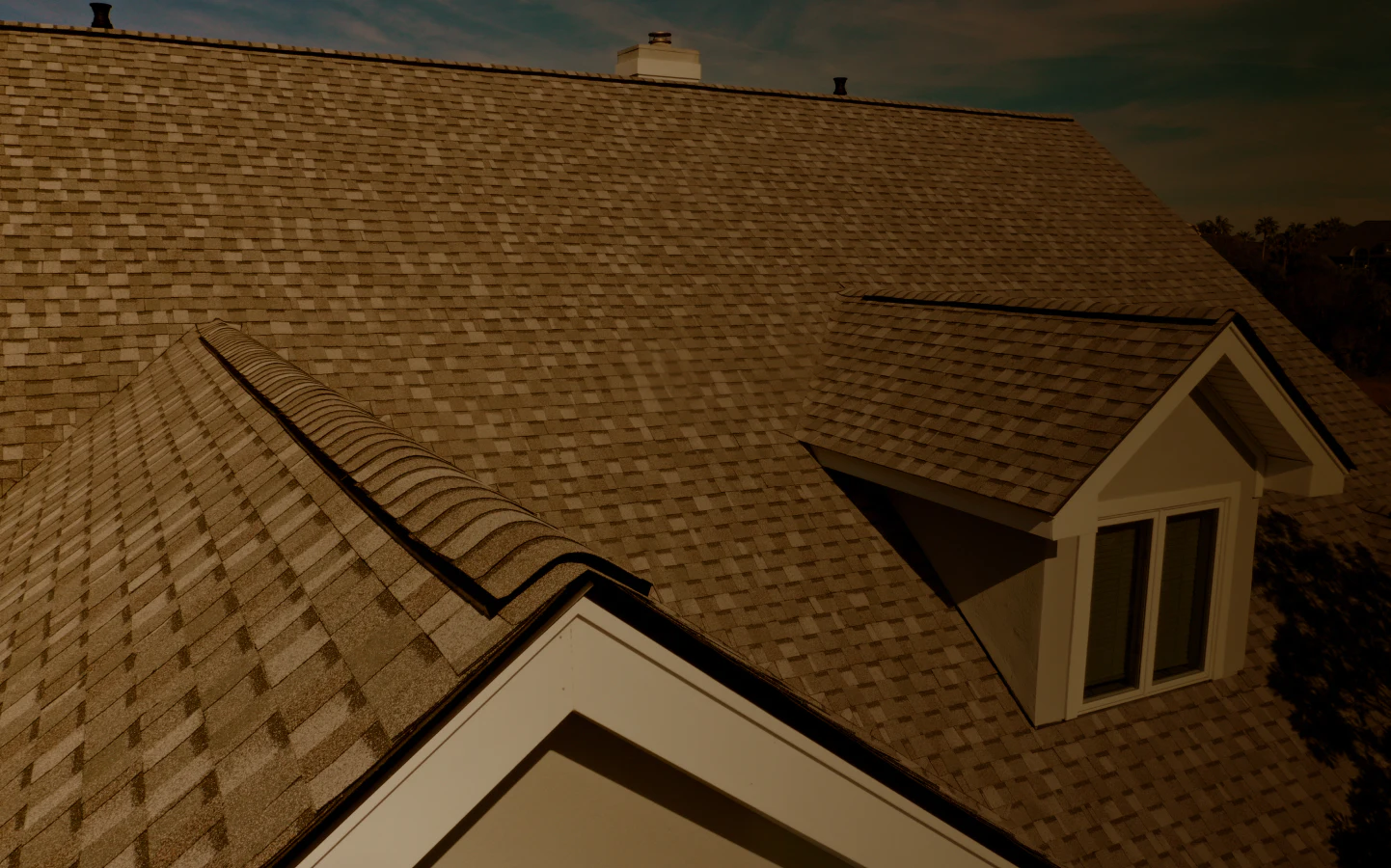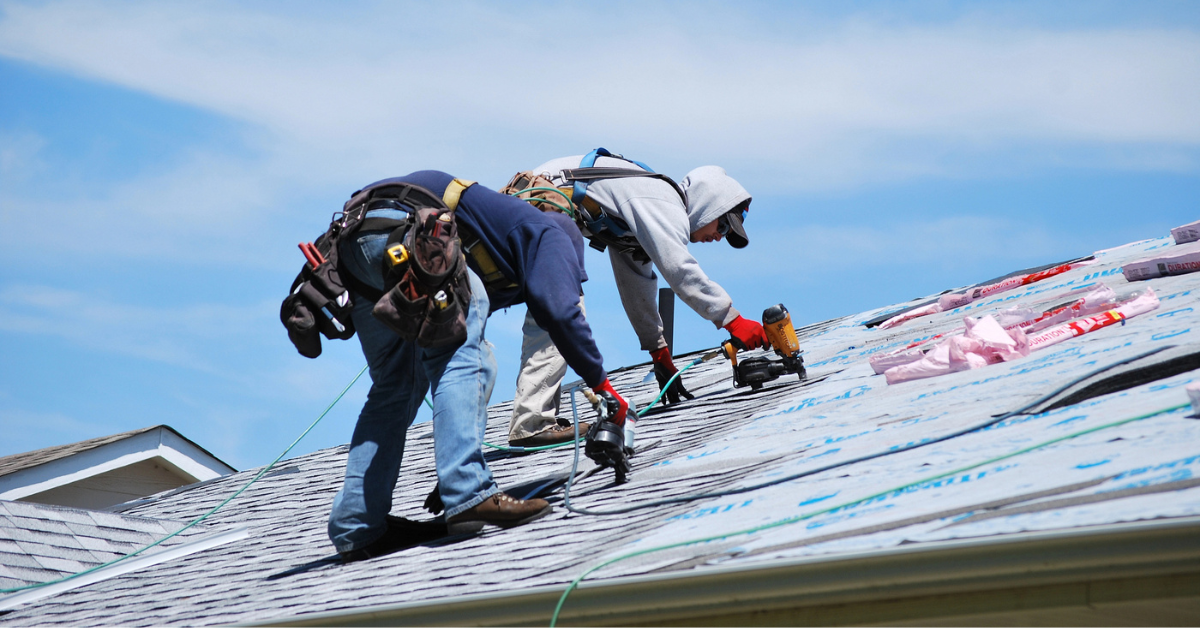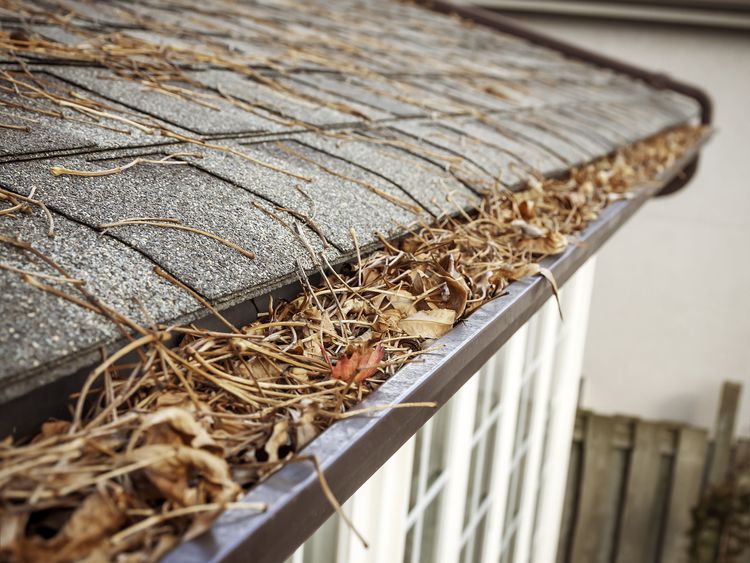As the temperatures rise and summer sets in, most homeowners turn their attention to their air conditioning systems and backyard maintenance. What often goes unnoticed, however, is how the summer heat impacts one of the most important components of your home—your roof. Your roof takes the brunt of the sun’s intensity every day, and over time, the heat can cause significant damage that leads to costly repairs or even premature replacement. Understanding how high temperatures affect your roof and what steps you can take to mitigate the damage is essential for maintaining your home’s structural integrity.
- The first way heat affects your roof is through thermal expansion. Roofing materials, especially those made of metal or asphalt, expand when heated and contract as they cool down at night. Over time, this daily cycle of expansion and contraction can cause materials to warp, crack, or loosen. These shifts may create small openings or separations that allow water to seep in during summer storms, leading to leaks or internal water damage.
- Second, prolonged exposure to ultraviolet (UV) rays accelerates the breakdown of roofing materials. Just like UV rays can damage your skin, they also deteriorate roofing shingles, making them brittle and more likely to crack or curl. Asphalt shingles are particularly vulnerable to UV degradation. As the protective granules wear off due to sun exposure, the shingles lose their ability to reflect sunlight, which in turn causes your attic and living spaces to heat up more quickly.
- Third, high temperatures can affect the adhesives and seals used in roofing systems. For homes with flat or low-slope roofs, where sealants are more common, extreme heat can cause these materials to melt, bubble, or lose their effectiveness. When that happens, seams can open up, creating entry points for moisture or pests. If left unchecked, these small issues can evolve into major structural problems.
- Fourth, the heat inside your attic plays a significant role in how your roof performs during summer. Poor ventilation can trap hot air inside the attic, raising internal temperatures well above 150°F. This excessive heat not only stresses the roofing materials from below but also raises your cooling costs. It can also damage insulation, cause wood framing to dry out and crack, and create an environment conducive to mold growth.
- Finally, heat-related damage often goes unnoticed until it’s too late. Unlike a heavy rainstorm or hail event that causes obvious, immediate damage, the effects of heat are cumulative. Many homeowners don’t realize their roof has been compromised until they discover water stains on the ceiling, missing shingles, or higher-than-normal energy bills.
So what can you do to protect your roof during the hottest months of the year?
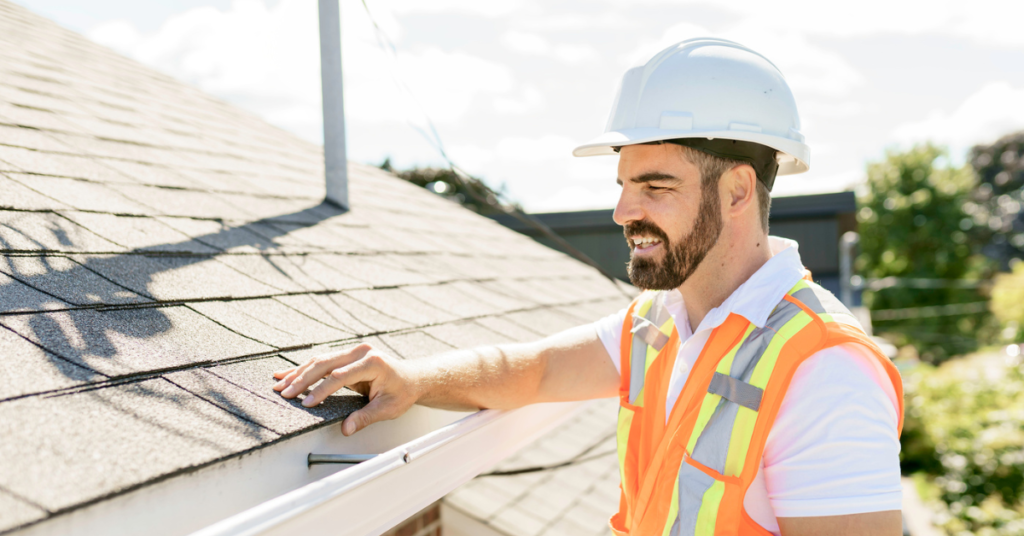
First, schedule a professional roof inspection in late spring or early summer. A qualified roofing contractor can identify minor problems before they become expensive repairs. They will check for signs of UV damage, loose shingles, compromised seals, and attic ventilation issues.
Second, make sure your attic has adequate ventilation and insulation. Proper airflow can dramatically reduce attic temperatures and prevent heat buildup that compromises both roofing materials and your indoor comfort. Ridge vents, soffit vents, and attic fans can work together to keep your attic cool.
Third, consider using reflective or “cool” roofing materials if you’re planning a roof replacement or upgrade. These materials are designed to reflect more sunlight and absorb less heat, helping to maintain lower roof surface temperatures. Cool roofing systems can not only prolong the lifespan of your roof but also reduce your summer energy bills.
Fourth, trim overhanging tree branches that may drop debris or block airflow around your roof. While shade can reduce surface temperature, excessive debris buildup can trap moisture and accelerate deterioration.
Fifth, clean out gutters and downspouts to ensure water drains properly during summer storms. Clogged gutters can cause water to back up onto the roof, worsening any existing vulnerabilities caused by heat damage.
Finally, take advantage of roof coatings if your existing roof is still in good shape but showing signs of wear. Reflective roof coatings can restore surface protection, reflect sunlight, and extend the life of your roofing system.
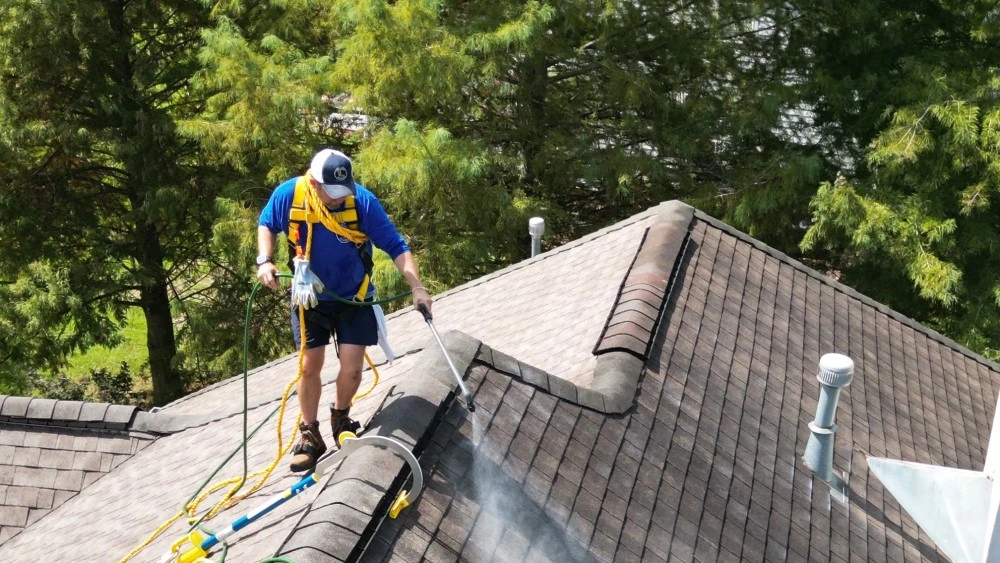
In conclusion, summer heat is one of the most underestimated threats to your roofing system. Thermal expansion, UV damage, deteriorating seals, poor ventilation, and cumulative wear all contribute to the gradual decline of your roof’s performance. However, with proactive maintenance, smart upgrades, and regular inspections, you can protect your investment and keep your roof in top condition through even the hottest months. Don’t wait until a small problem turns into a major issue—take steps now to ensure your roof stays cool, strong, and weather-resistant all summer long.
If your roof is getting old, showing signs of damage, or was hit by a storm recently, it’s important to take action quickly when you think something’s wrong! Choose Legends Roofing for your roofing needs. We are licensed and insured and bring over 15 years of experience to the table. We serve Mandeville, Covington, Slidell, Hammond, Abita Springs, and more.
Count on us for free estimates, ensuring transparency and trust in every step of your roofing project. Our roofing experts will recommend the best type of roof to keep your family and home safe from Louisiana hurricanes for a long time. Contact us today to schedule your free roofing estimate!
